Keeping the temperature of the car constant is important for its durability and performance. The coolant regulates the cooling system and ensures a stable temperature. However, failure to do so will cause the vehicle to overheat.
The coolant reservoir is full but car overheating may be occurring due to many reasons and it is a common issue in vehicles. This means that the coolant is unable to circulate properly in the car. This issue typically arises due to a damaged radiator, a broken water pump, and a faulty thermostat.
On top of that, a malfunctioning radiator cap and a blown head gasket can also be responsible. So, read the guide till the end to know the details and solutions to these issues.
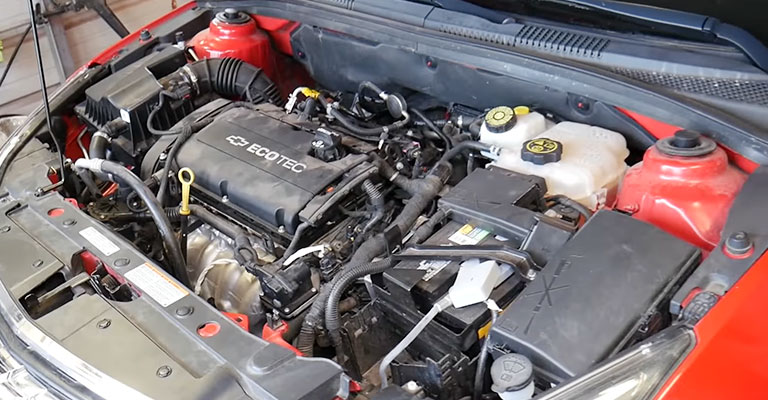
Reasons Behind Coolant Reservoir Full But Car Overheating
As we mentioned earlier, there are several reasons why the car overheats even when the coolant reservoir is full. Here, we will take a look at the reasons behind this issue and how to solve them easily.
Damaged Radiator
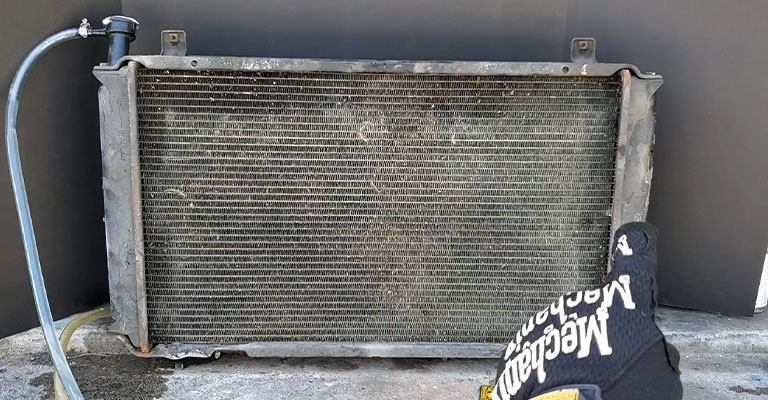
One of the most common reasons behind car overheating issues is a damaged radiator. In a vehicle, the coolant passes through the radiator to absorb heat and distribute it.
However, the coolant cannot pass through the system if it is blocked or damaged in any way. And this causes the vehicle to heat up significantly.
Solution:
The issue of the damaged radiator is easy to find out as it is located at the front of the vehicle. Check out the radiator and remove dirt, debris, etc., blocking the radiator. If the radiator is damaged, make sure to repair it or replace the radiator with a new one.
Broken Water Pump
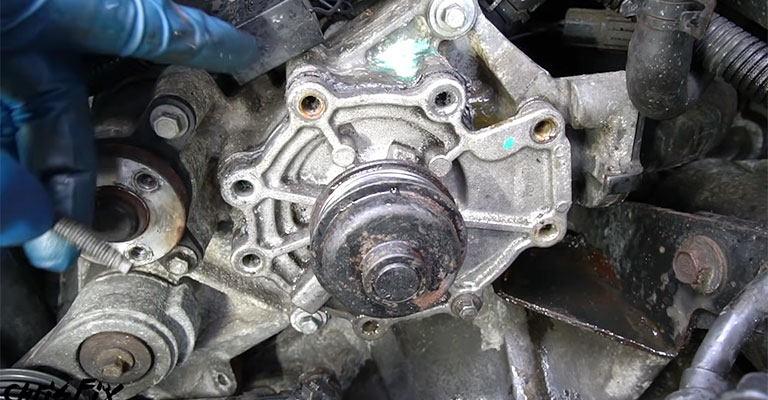
The purpose of a water pump is to push the coolant into the cooling system from the radiator. If the water pump fails to do this, then the heat will not disperse, causing the vehicle to overheat. And this usually happens when the water pump is broken or faulty.
Solution:
Check the water pump in the cooling system to make sure it is performing properly. Repair or replace the water pump in the vehicle to ensure that the coolant is passing through the cooling system.
Faulty Thermostat
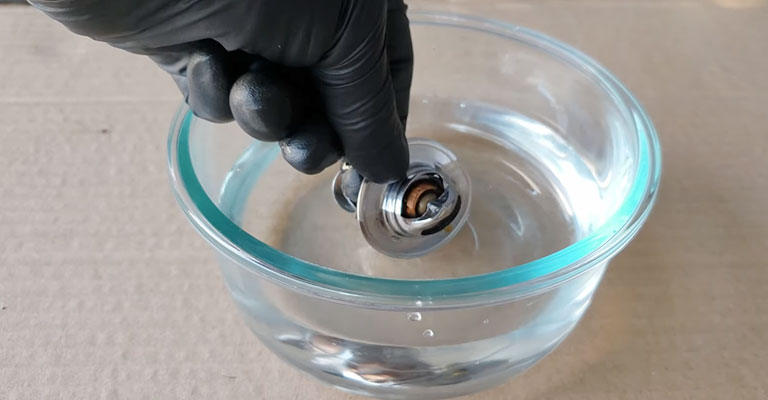
Another common reason behind this problem is a faulty thermostat. The purpose of the thermostat is to determine the amount of coolant flowing through the system.
If the thermostat is malfunctioning, then it will not be able to pass the required amount of coolant. Passing an incorrect amount of coolant through the cooling system will cause the car to overheat.
Solution:
The solution to this issue is very simple. Make sure the thermostat is working properly or not. Repair the thermostat or replace it in case it is not performing correctly.
Broken Radiator Cap
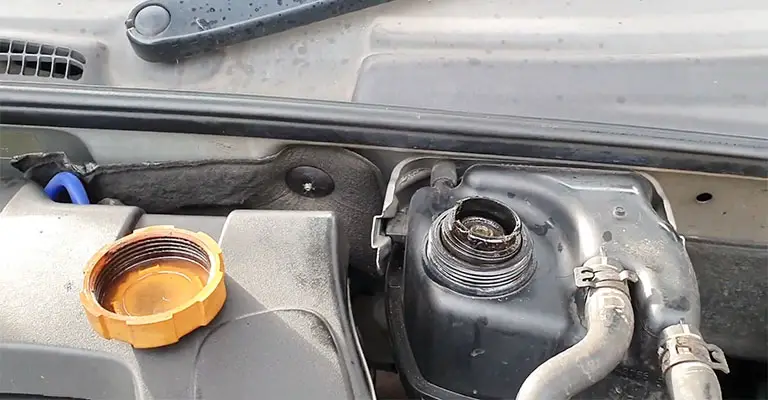
The radiator cap is an essential part of the radiator. It works by keeping the coolant inside the radiator at the perfect pressure and preventing it from spacing. If the radiator cap is faulty or broken, it allows the coolant to leak from the radiator.
A broken radiator cap can also break the hoses inside the car due to excessive pressure. This will allow the coolant to travel into various channels, preventing it from meeting its true purpose. As a result, the engine of the vehicle will overheat.
Solution:
Check the radiator cap and make sure that there are no leaks or faults. Replace the radiator cap with a new one to prevent coolant leakage.
Blown Head Gasket

Last but not least, a blown head gasket can cause the car to overheat even with coolant. A blown head gasket is usually the trickiest problem to identify, and the repair is quite expensive.
The head gasket in a vehicle connects the head of the cylinder to the engine block. Over time, the head gasket blows due to overheating and wear or tear. This causes a gap and allows the coolant to escape.
Solution:
Reach the head gasket of the vehicle and check whether it is damaged or not. Replace the gasket or repair it if required. However, replacing the blown head gasket with a new one requires a decent amount of time and results in a costly repair.
Over time, the head gasket blows due to overheating and wear or tear. This causes a gap and allows the coolant to escape. Replacing the blown head gasket with a new one requires a decent amount of time and results in a costly repair.
Leave a Reply